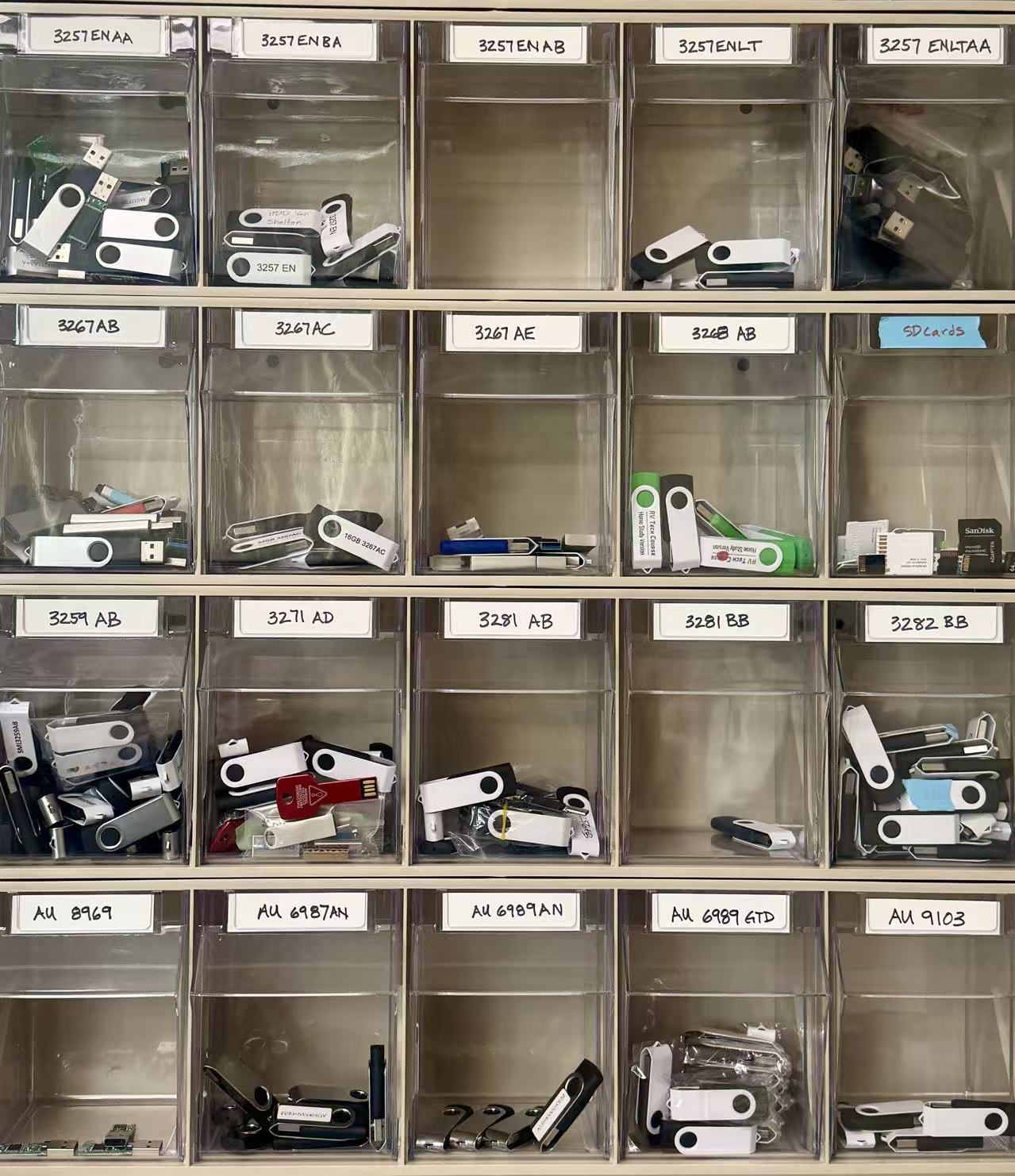
INDUSTRY UPDATE: NAND flash prices are trending upward, with contract and spot markets tightening and a further rise likely over the next couple of months.
Quick take: Multiple market signals point to week-over-week firmness in NAND prices. Contract quotes are inching higher, select suppliers have announced or signaled hikes, and spot indexes show modest gains in common parts. In short: yes, prices are up this week in several segments, and the broader trend has been upward through recent weeks.
What’s happening right now
Spot prices for popular NAND densities have been ticking up, and contract negotiations reflect that shift. Some large suppliers have either paused new quotes or pushed for higher pricing, which typically indicates confidence that demand will support increases. The effect is more visible in higher-density 3D NAND (TLC/QLC) and packaged parts tied to SSD production, while lower-capacity commodity parts show a milder move.
Is this a real trend?
Yes. The move is not a one-off. Through late Q3 and into Q4, industry commentary and pricing behavior have aligned around a recovery from earlier lows. Average selling prices have been climbing quarter-on-quarter, and the supply-demand balance has shifted enough that producers are prioritizing margin recovery versus share gain.
Why prices are rising
Supply discipline and mix shifts. Producers have curtailed output from lower-margin, mature nodes and focused capacity on higher-layer, higher-density products. That reduces availability in some commodity lanes and supports firmer pricing overall.
Robust data center and AI storage demand. High-capacity SSDs for cloud and AI workloads continue to absorb substantial volumes of 3D NAND, which tightens the market and lifts contract prices. Enterprise buyers often secure supply ahead of time, leaving less inventory for the spot market.
Margin recovery after a downcycle. Following an extended period of oversupply and depressed ASPs, suppliers are using the turn in demand to restore profitability—manifesting as list hikes, tighter quoting, and selective allocations.
Inventory normalization. Channel inventories were drawn down earlier in the year. As OEMs and module makers restock at the same time producers are managing output, the price floor lifts.
Cost base and transition effects. Input costs, fab utilization choices, and the learning curve on newer, taller stacks can create temporary bottlenecks that limit near-term supply flexibility.
2-month outlook (next 6–8 weeks)
High-density 3D NAND for SSDs (TLC/QLC): Likely to see further price increases, with many contracts drifting another 5–15% depending on configuration and volume. Buyers with enterprise or data center mixes should plan for firmness and limited discounting.
Commodity / lower-capacity parts (UFDs, consumer devices): Expect smaller moves—stable to moderately higher (about 3–10%). Competitive dynamics may cap the upside in very price-sensitive segments, but the overall bias remains positive.
Spot market: Volatile with an upward tilt. Expect intermittent spikes tied to short-term gaps, but also sudden dips if buyers balk at higher offers or if small pockets of inventory clear.
Wafer pricing: Upward pressure continues—especially for mature nodes where supply is constrained—and can translate into double-digit percentage moves as contracts roll.
What could cool the rise
Softness in end-device demand (PCs, phones), faster-than-expected yield and capacity improvements, easing input costs, or signs that downstream inventories have gotten ahead of shipments could all temper the trajectory. Seasonality is less pronounced for data center demand, but consumer channels can still surprise to the downside late in the year.
Bottom line
NAND pricing is moving higher now, and the path of least resistance over the coming 1–2 months remains up—most notably for high-density 3D NAND used in SSDs. Plan for firmer contract terms, fewer promotional deals, and a choppy but generally rising spot environment. If you’re sourcing for Q4 builds, locking key volumes sooner rather than later can mitigate the risk of incremental price steps.